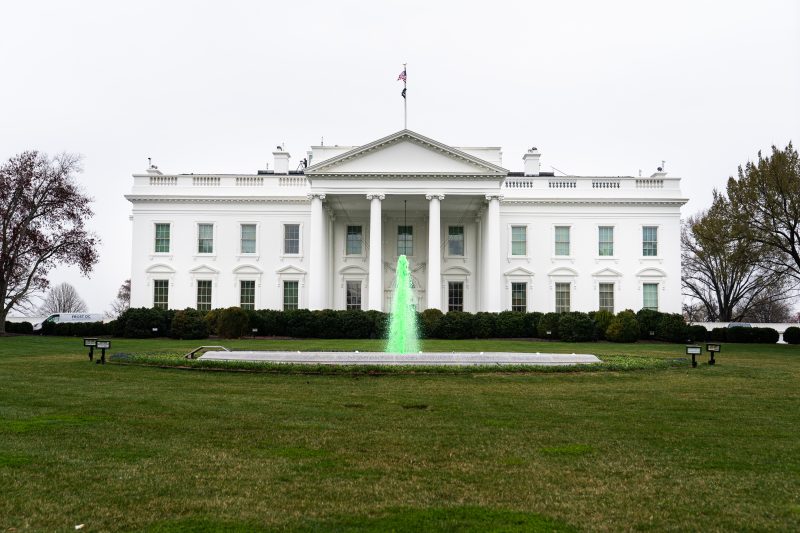Perhaps you plan to swing by the liquor store Friday evening and grab a bottle of, say, whisky. Or maybe you’re going to go to the grocery store and get a six-pack of, I don’t know, Guinness. Or maybe you live in one of those weird states where you can buy all of this stuff at a CVS. Regardless, you get the point.
As you’re grabbing whatever bottle you’re looking for to have an uneventful and non-nationality-related evening of imbibing, you might wonder: Has this, too, been affected by inflation? And the answer is yes, it has. But the extent of that inflation depends on what you buy and where you bought it.
The government tracks inflation, as you’re probably aware, including on specific items such as clothing or food. It also tracks inflation of alcohol prices, both overall and in various forms. There is a consumer-price-index (CPI) measure for beer consumed at home and one for liquor consumed elsewhere. If you want to know how the price of booze has changed, the government is happy to tell you.
I downloaded CPI data for alcohol overall and beer and liquor specifically so that I might get a sense of how much costs have increased relative to years past, in case consuming alcohol March 17 in particular is something you do, which you certainly might not! There’s no reason to associate March 17 with alcohol consumption, of course. It’s just that I thought I might do this at this point because the thought suddenly struck me for reasons that are unrelated to stereotypes about any group of people.
For kicks, I compared changes in consumer prices to early 2002, 21 years ago. Below is a chart showing how the price of alcohol has changed during each six-month period since then.
You can see the periods in which prices increased more rapidly, including over the past several years. The increase in the CPI for alcohol between the second half of 2020 and the second half of 2022 is the largest increase over the same time period in the past 40 years.
Notice that the price changes have not been uniform. In the West, prices have increased more rapidly than they have nationally. In the South, prices increased more slowly.
We can break that out separately. Particularly in the last few years, the price of alcohol surged more in the West than in the country more broadly. The northeast saw a bigger increase about a decade ago, but that faded. In the South, meanwhile, the trend has been much slower.
If you are a consumer of alcohol, then, the south is a better place to live — even if your family has deep roots in the Northeast because your ancestors chose to migrate to the United States due to a shortage of a staple food item and dispersed from New York City into nearby areas where people from your homeland were already living. Whatever homeland that might be.
Interestingly, the price of beer consumed at home has increased much more quickly than the price of distilled spirits. Both are up, but beer prices are up far more.
If we compare these increases to the overall consumer price index, you see that liquor is getting relatively cheaper when compared to inflation overall.
So here’s another tip for you if you’re looking to have a nightcap: Move to the South, buy hard liquor. That combination has yielded much less of an impact from inflation in recent years.
If you choose to instead drink beer, fine. But I’ll warn you in advance that the government doesn’t specifically track price increases for green dye.








